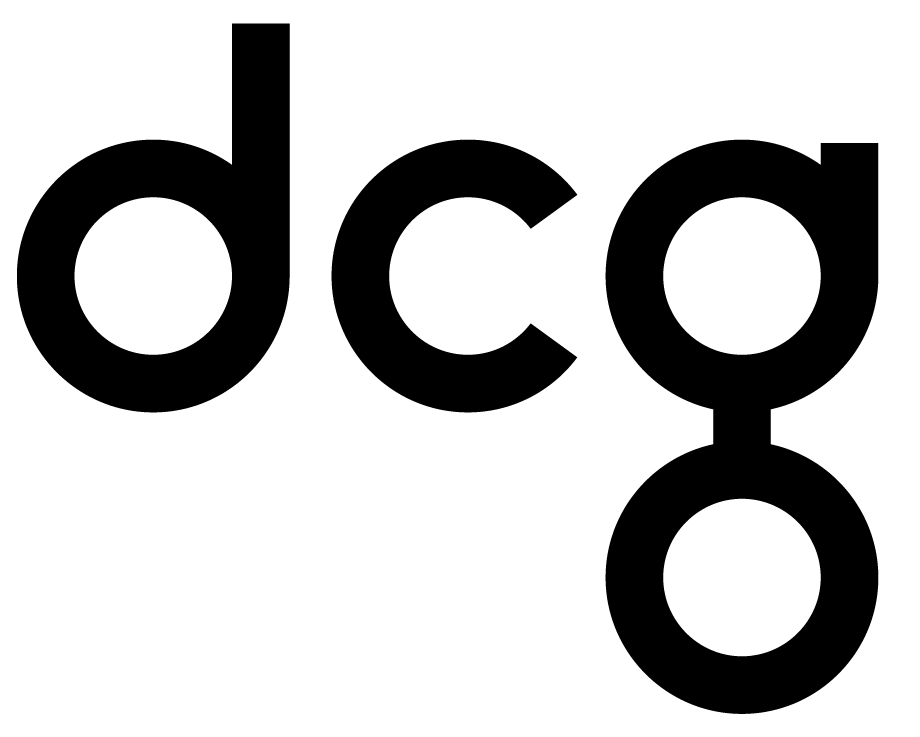
Making a Successful IT Infrastructure Transformation for the Overworked CIO
I. Introduction
A. Purpose of the Guide
This guide aims to provide CIOs with a comprehensive framework for transforming their IT infrastructure, emphasizing the strategic advantages of adopting Azure Stack HCI. Leveraging the expertise of Dynamic Consultants Group (DCG), CIOs can overcome complexity, reduce operational burden, and realize cost savings. This guide will also highlight real-world insights based on transformations implemented by organizations facing similar challenges.
B. Importance of IT Infrastructure Transformation
Transforming IT infrastructure is vital for staying competitive, enhancing operational efficiency, and meeting evolving business demands. Organizations that fail to modernize risk being left behind in an era of rapid technological change. According to industry insights, 84% of companies are migrating toward hybrid cloud environments to support production workloads, with many struggling to evaluate their application portfolios effectively
A modernized infrastructure allows businesses to:
- Enhance agility, enabling rapid adaptation to market changes.
- Boost security, integrating proactive, built-in defense mechanisms.
- Improve cost-efficiency, reducing hardware and operational costs by migrating to cloud and hyperconverged infrastructure (HCI).
C. Overview of Key Considerations
Successful IT transformation involves more than just upgrading technology. It requires a holistic approach:
- Assess current infrastructure: Identify bottlenecks and limitations.
- Define business goals: Ensure alignment between IT initiatives and business strategy.
- Evaluate technology options: Choose the right solutions based on scalability, security, and cost-effectiveness.
- Plan transformation: Develop a clear, step-by-step roadmap.
- Implement and monitor: Ensure continuous optimization and monitoring to sustain long-term value.
With real-world insights from projects DCG has worked on, the guide will provide practical examples of how these steps can lead to successful outcomes.
II. Assessing the Current Infrastructure
A. Conducting a Comprehensive IT Audit
1. Inventory of Assets
Catalog all hardware, software, and network components to understand your IT infrastructure’s current state. This provides visibility into underutilized resources and outdated systems that can be consolidated or replaced.
2. Performance Metrics
Evaluate system uptime, resource utilization, and network performance to identify inefficiencies. For instance, one project revealed that virtualizing nearly 100% of infrastructure cut provisioning times from days to mere hours, allowing for faster deployment of resources and improved scalability
DCG Value: Dynamic Consultants Group conducts in-depth audits, offering actionable insights on resource optimization and cost-saving opportunities, such as transitioning to Azure Stack HCI for increased system efficiency.
B. Identifying Pain Points and Limitations
Legacy systems often hinder the adoption of new technologies and processes. Identifying these pain points—such as scalability issues, security gaps, or operational bottlenecks—allows CIOs to plan targeted improvements. For example, in a recent project, a small IT team had to manage complex infrastructure without automation, resulting in delays. Migrating to Azure Stack HCI, supported by DCG, simplified their architecture and significantly reduced management complexity.
C. Evaluating Current Costs and ROI
Analyze current operational costs and return on investment (ROI) to understand the financial impact of your existing infrastructure. By modernizing with HCI, organizations typically see reductions in maintenance costs and energy consumption, leading to improved ROI. For example, organizations moving to HCI have seen operational costs cut by 55% due to increased efficiency in resource management.
DCG Value: DCG provides a detailed cost-benefit analysis, helping businesses understand the potential financial gains from infrastructure transformation, including real-world savings achieved through improved workload consolidation and management automation.
III. Defining Business Goals and Requirements
A. Aligning IT Strategy with Business Objectives
Ensure that your IT transformation strategy aligns with your overall business goals to drive growth and innovation. A recent transformation project revealed that aligning IT goals with business objectives increased business agility by 30%, allowing faster responses to customer needs and market changes.
DCG Value: DCG works closely with your executive team to align IT initiatives with strategic business outcomes.
B. Identifying Key Stakeholders and Their Needs
Engage with key stakeholders, such as department heads, IT staff, and end-users, to understand their expectations. Their input will shape the transformation strategy and help identify areas where automation and new technologies can deliver the greatest impact.
DCG Value: DCG facilitates workshops with stakeholders to ensure comprehensive feedback and alignment on the transformation plan.
C. Setting Clear, Measurable Goals
Using SMART goals to guide the transformation process is essential. For instance, one organization set a goal to increase system uptime to 99.9% within six months and achieved this through proactive monitoring and infrastructure optimization.
DCG Value: DCG helps organizations set and achieve SMART goals, ensuring measurable progress throughout the transformation.
IV. Exploring Technology Options
A. Traditional Infrastructure vs. Hyperconverged Infrastructure (HCI)
HCI, such as Azure Stack HCI, simplifies infrastructure management by consolidating compute, storage, and networking into a single solution. This reduces complexity, improves scalability, and cuts costs through better resource utilization. For example, a recent migration to Azure Stack HCI by DCG resulted in a 30% improvement in resource management and significant cost savings in hardware procurement.
DCG Value: DCG offers expert guidance on deploying HCI solutions, ensuring seamless integration with existing systems.
B. Cloud Solutions: Public, Private, and Hybrid
Public clouds offer flexibility and lower upfront costs, while private clouds provide greater control and security. Hybrid clouds combine the best of both worlds, enabling organizations to leverage existing on-premises resources while benefiting from cloud scalability.
DCG Value: DCG helps organizations determine the right cloud strategy—whether public, private, or hybrid—based on security, cost, and scalability requirements.
C. Emerging Technologies: AI, Automation, and IoT
Incorporating AI, automation, and IoT can drive operational efficiency and innovation. For example, by automating key IT workflows, an organization increased productivity by 20%, allowing their IT staff to focus on more strategic tasks rather than routine system maintenance.
V. Planning the Transformation
A. Developing a Detailed Roadmap
Break the transformation into phases and milestones. For example, a five-phase transformation roadmap may include:
- Assessment and Planning
- Design and Implementation
- Testing and Validation
- Deployment and Optimization
- Workload Migration
This phased approach ensures that resources are efficiently allocated, and risks are minimized.
DCG Value: DCG provides tailored roadmaps with clearly defined phases, ensuring that resources are efficiently allocated and risks are minimized.
B. Risk Management and Mitigation Strategies
Identify potential risks, such as technical challenges, budget overruns, and user resistance. For example, a large-scale migration faced risks related to infrastructure compatibility. DCG mitigated these risks by piloting changes in a controlled environment before a full-scale rollout.
VI. Implementation Strategy
A. Building the Right Team
Decide whether to use internal teams, external consultants, or a combination. Ongoing skill development is crucial to ensure staff can manage new technologies, and DCG provides training programs to ensure your team remains up-to-date with the latest tools and technologies.
Conclusion
Transforming IT infrastructure is a complex process, but with the right strategy and support, CIOs can drive significant business benefits. Partnering with experts like Dynamic Consultants Group (DCG) ensures a smooth, secure, and cost-effective transformation that supports long-term growth, reduces operational costs, and positions your organization for future success.





